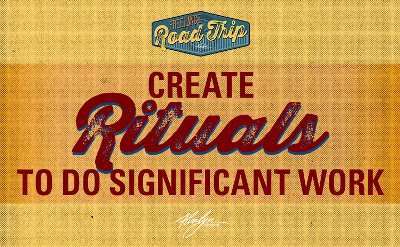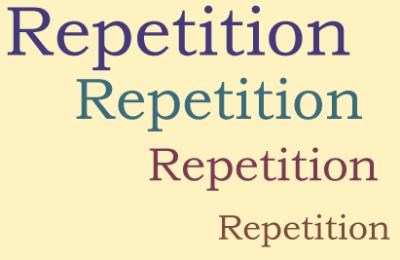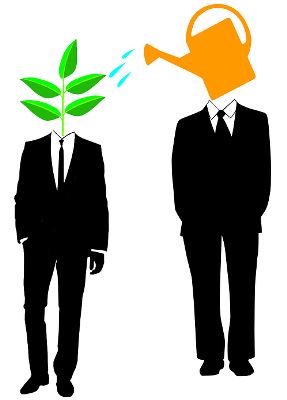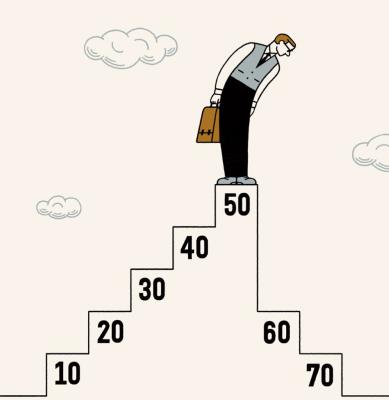In this interesting post ‘The Mind of a Creator‘ Valeria Maltoni explores what make the creative mind and focuses on the importance of a diverse and precise vocabulary. Unfortunately we observe that the average vocabulary in our society becomes quickly much poorer on average.
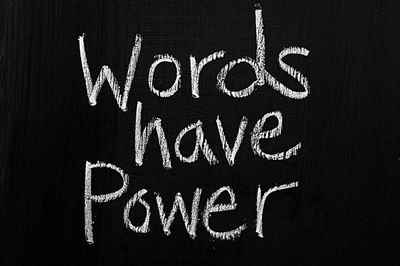
“Language becomes poorer progressively. With technology it becomes poorest, almost zero. Linguist Tullio de Mauro did some research and found that the average person had a vocabulary of 1,500 words in 1976. Twenty years later, in 1996, that vocabulary dropped down to 640 words. In 2016, the average person has 200 words, says Galimberti.”
The problem is that “You cannot think beyond the words you know. You can think within the words you know.” Creativity is nourished by the ability to express subtle, precise concepts and ideas. With a poor vocabulary, creativity dwindles.
If you want to be become more creative, seek to expand your vocabulary!




